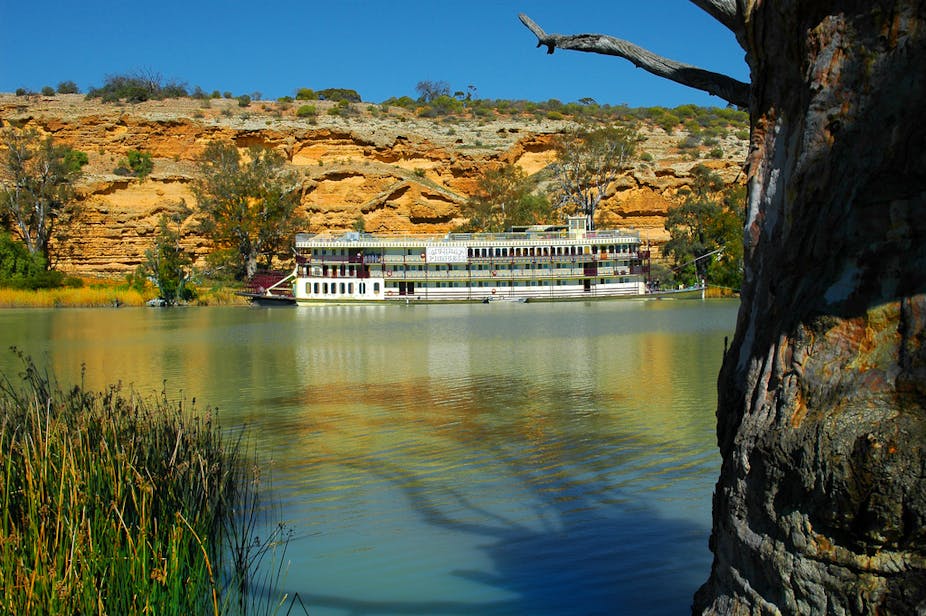CSIRO, like many other research institutions, has helped provide research, models and data to inform the development of the Murray-Darling Basin Plan.
But the proposed Basin Plan, which was released on Monday, is based on more than science – it is a policy proposal informed by science, socio-economic analyses and community views.
The balance of environmental, social, and economic outcomes that the Basin Plan seeks to deliver was determined by the Murray Darling Basin Authority (MDBA). Their proposal is to recover an average of 2,750 gigalitres per year from irrigation for environmental flows.
The 2,750 gigalitre per year figure is MDBA’s proposal for an appropriate trade-off between competing interests, largely environmental needs and agricultural needs.
The Plan is also a proposal for how to share the risks associated with low water availability during droughts, between the environment and water users.
Analysing the analysis
At the invitation of the MDBA, CSIRO led a review of the environmental and hydrologic science, modelling and analyses used by the MDBA to help determine Sustainable Diversion Limits (SDLs). CSIRO assembled a team of leading Australian water scientists from several institutions to undertake the review.
The review stresses that the hydrologic and environmental modelling and analyses is an important input, but not the only input, to the MDBA’s determination of SDLs.
In the context of an adaptive management approach and more than 30 years of Australian water research, the review found there is sufficient science available to make an informed decision about an environmentally sustainable level of water that can be taken from the Basin for irrigation.
It also found that the substantial body of work being done by the MDBA represents a sufficient basis to begin an adaptive process for managing the level of consumptive water use.
The review identifies areas where existing knowledge is limited and where aspects of the modelling work can be strengthened in the future to reduce uncertainties in the modelling results. Overall, the review is generally supportive of the scientific and technical modelling work undertaken by the MDBA.
What if …?
As part of the review, MDBA asked the review panel to consider one set of their modelling results: a “2,800 gigalitre/year reduction scenario”. The results indicate which of the flow targets for specified ecological outcomes are likely to be met under this scenario. Several of the targets can’t be easily met because of operational constraints in the regulated river system.
These operational constraints are detailed in recently released MDBA reports. Under this scenario many, but not all, of the specified targets that are deemed achievable (given these constraints) are met.
Given socio-economic considerations, the 2,800 gigalitre/year scenario may represent an appropriate policy choice for SDLs at the start of an adaptive management process.
Such an assessment, however, was beyond the terms of reference for the review, and is not for CSIRO to adjudicate.
Basin communities and other stakeholders should critique the balance of outcomes that the proposed Basin is expected to deliver. They should provide feedback to MDBA on whether they believe the right balance has been struck.
The consultation process for the Murray-Darling Basin proposal ends on April 16 2012.

